Coboc (커볶)
12.1Km 0 2024-02-13
161-7 Jiho-ro, Dong-gu, Gwangju
Coboc, established in 2006, is a café located near the Jisan Recreation Area at the base of Mudeungsan Mountain. This café is particularly known for its stunning views, especially during sunset. Among its signature offerings are the Mudeungsan Gureum Coffee, a unique cheese cream coffee, and a bagel with chives and bacon. The Mudeungsan Gureum Coffee is distinctively topped with a white, soft cheese cream, reminiscent of the clouds that grace the mountain.
Hotel Mudeung Park (무등파크호텔)
12.1Km 13020 2021-02-01
14-10, Jiho-ro 164beon-gil, Dong-gu, Gwangju
+82-62-226-0011
Opened in 2004, Hotel Mudeung Park is located at the foot of Mudeungsan Mountain. Situated in a leisure town measuring an impressive 495,000 m², the hotel is one of the representative hotels of Gwangju and is known for its high-quality facilities and services.
In addition to its posh guestrooms, Hotel Mudeung Park offers a myriad of facilities including a convention hall, a banquet hall, a business center, restaurants, a wine bar, a driving range, a bowling alley, and an observatory with a panoramic view of downtown Gwangju.
Damyang Bamboo Forest (Damyang Marsh) (담양대나무숲 - 담양습지)
12.2Km 22360 2020-01-09
656-2, Taemok-ri, Daejeon-myeon, Damnyang-gun, Jeollanam-do
+82-61-380-3114
Situated between Damyang-gun and Gwangju Metropolitan City, Damyang Wetland is one of the best places to experience the ecology of Yeongsangang River. It is a habitat for the hawk, wildcat, Boreal digging frog (endangered species), and kestrel. It became the first river wetland to be designated as a wetland reserve in 2004.
CU - Yongbong Sarang Branch [Tax Refund Shop] (cu용봉사랑점)
12.6Km 0 2024-06-28
42, Yongju-ro, Buk-gu, Gwangju
-
Olive Young - Gwangju Maegok Branch [Tax Refund Shop] (올리브영 광주매곡)
12.6Km 0 2024-04-18
319, Seoljuk-ro, Buk-gu, Gwangju
-
Mudeungsan Mountain (무등산)
12.6Km 19971 2018-01-30
Nam-myeon, Damyang-gun & Dong-gu & Buk-gu, Gwangju & Iseo-myeon, Hwasun-gun, Jeollanam-do
82-61-379-3503
Mudeungsan covers an area of about 30 square meters above the metropolitan city of Gwangju, Hwasun-gun and the nearby Damyang-gun. The name means ‘a high mountain’ or, more mysteriously, a mountain beyond classification’.
Mudeungsan Mountain (무등산) is not too steep and many people come for a hike on the weekends or public holidays. Highlights on the way include the Seoseokdae, Ipseokdae, Seinbong and Gyubong Rocks, Wonhyo and Yongchu Valleys – as well as Jigong Neodeol (cluster of rocks) – and the Deoksan Neodeol. To enjoy a great view, try going up Jungmeorijae, Jangbuljae or the Donghwasa Temple Site, or the Jangwonbong Peak. Visitors coming from the Hwasun side of the mountain can see the picturesque Dongbokho Lake from Ipseokdae and Gyubong Rock, Jingong Neodeol, Jangbul, Baekma ridge and Gyubongam temple.
Geumsoojang Tourist Hotel (금수장관광호텔)
12.7Km 10417 2020-04-24
2, Mudeung-ro 321beon-gil, Dong-gu, Gwangju
+82-62-525-2111
Geumsoojang Tourist Hotel is located in the old downtown center, just a seven-minute walk from Gwangju Station. It is known as the best "business hotel with expert Korean cuisine.” It has clean and comfortable guestrooms, other convenient facilities, an organized-customer management system, economic rates, and excellent service.
Arirang House (아리랑하우스)
12.7Km 22142 2016-10-18
2, Mudeung-ro 321 Beon-gil, Dong-gu, Gwangju
+82-62-525-2111~5
With a proud 20-year history, Arirang House is famous for its kimchi, which won a prize at the first Kimchi Festival. In 2003, the restaurant collaborated with Shilla Hotel and Paradise Hotel and successfully hosted a royal cuisine demonstration event, contributing to the promotion of Korean cuisine.
Arirang House serves delicious Korean cuisine in an elegant style. The food is carefully prepared by 11 chefs, including the chef who has thirty years of experience. The kitchen is divided into the side dish team, the special dish team, and the main course team to prepare a total of thirty or so specialized dishes. The flavors are enhanced by using only the freshest natural ingredients and not using any artificial seasonings. Prices vary by course, and each course comes with raw beef, samhap (a combination of three special foods), assorted raw fish, and steamed short ribs. The bossam kimchi (kimchi with slices of steamed pork) is also one of their specialties.
Yeoro(Sansu-dong Hanok Experience Hall)[Korea Quality] / 여로(산수동 한옥체험시설) [한국관광 품질인증/Korea Quality]
13.0Km 0 2024-06-26
16-17 , Donggye-ro, Dong-gu, Gwangju
+82-62-227-8815
Yeoro is a hanok guesthouse in a quiet residential part of Sansu-dong, Gwangju, Jeollanam-do. The guesthouse has four ondol rooms, all equipped with a toilet and refrigerator. There is a shared washing machine (free of charge) in an outside bathroom. For breakfast, home-made sweet pumpkin porridge is served. Guests can take part in traditional crafts such as red clay dyeing, making injeolmi ricecakes or gangjeong puffed rice, and pressed-flower hand mirror making. Visitors’ cars can be parked in a nearby public parking lot.
Gwangju Jeungsimsa Temple (증심사(광주))
13.1Km 17879 2021-11-09
177, Jeungsimsa-gil, Dong-gu, Gwangju
+82-62-226-0108
Located on the western foothills of Mudeungsan Mountain, Jeungsimsa Temple is a representative temple of Gwangju. First founded by Buddhist monk Cheolgamseonsa Do Yun in 517 (Silla Kingdom), the temple was remodeled by Buddhist monk Hyesoguksa in 1094 (Goryeo dynasty) and again by Kim Bang in 1443 (Joseon dynasty). The temple was burned down during the Imjin War and was reconstructed in 1609 by three Buddhist monks: Seokgyeong, Sujang, and Dogwang. It underwent several additional restorations before being destroyed again by fire during the Korean War. Most of the existing buildings, including Daeungjeon Halll (main temple building), were rebuilt in the 1970s.
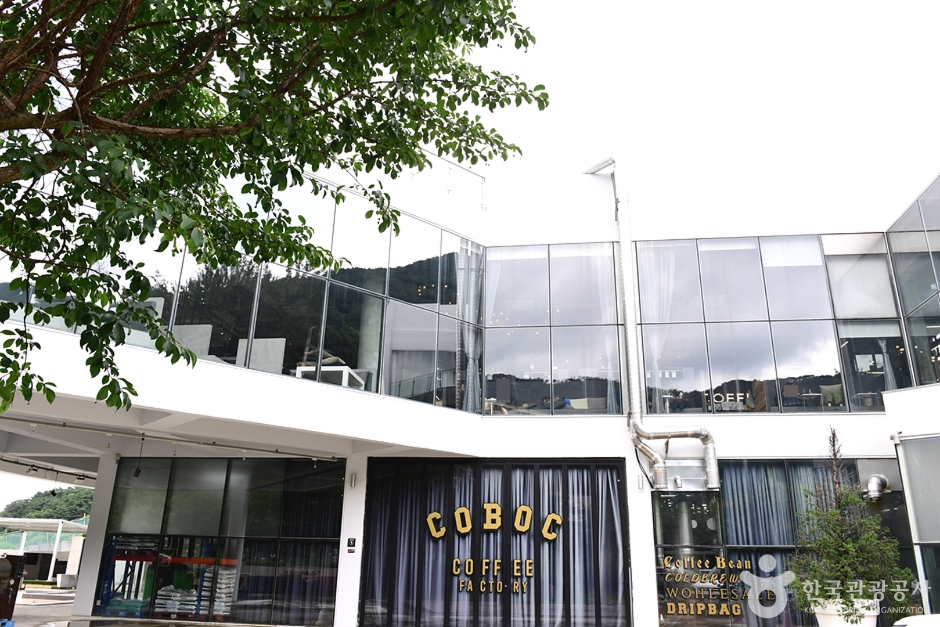
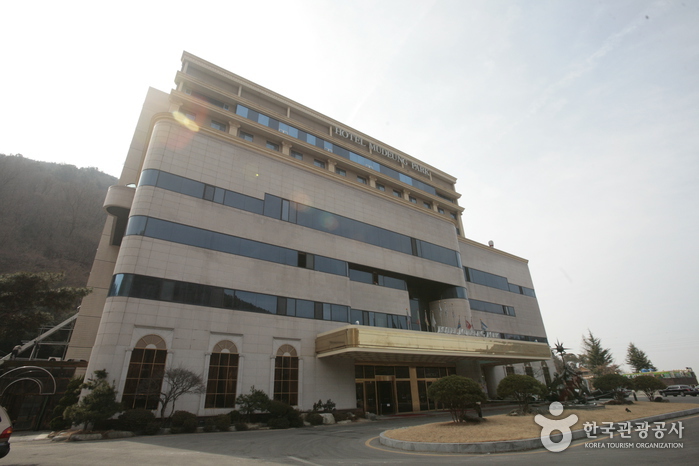
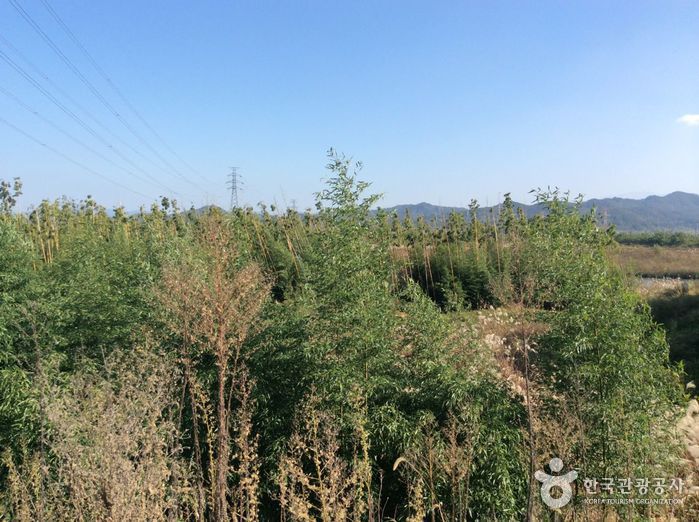

![Olive Young - Gwangju Maegok Branch [Tax Refund Shop] (올리브영 광주매곡)](http://tong.visitkorea.or.kr/cms/resource/19/2886819_image2_1.jpg)
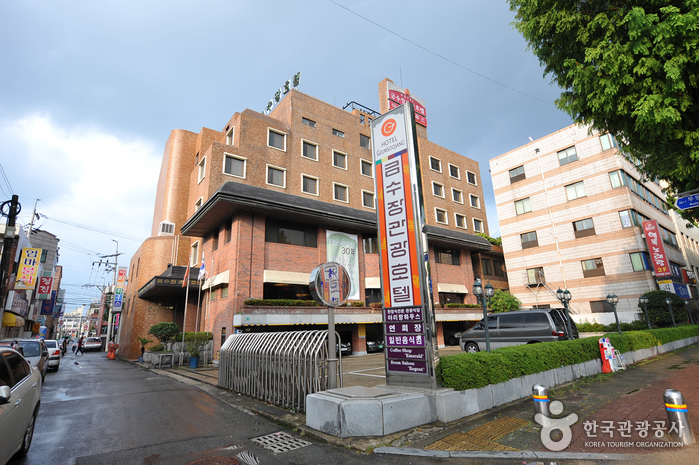

![Yeoro(Sansu-dong Hanok Experience Hall)[Korea Quality] / 여로(산수동 한옥체험시설) [한국관광 품질인증/Korea Quality]](http://tong.visitkorea.or.kr/cms/resource/74/2707574_image2_1.jpg)
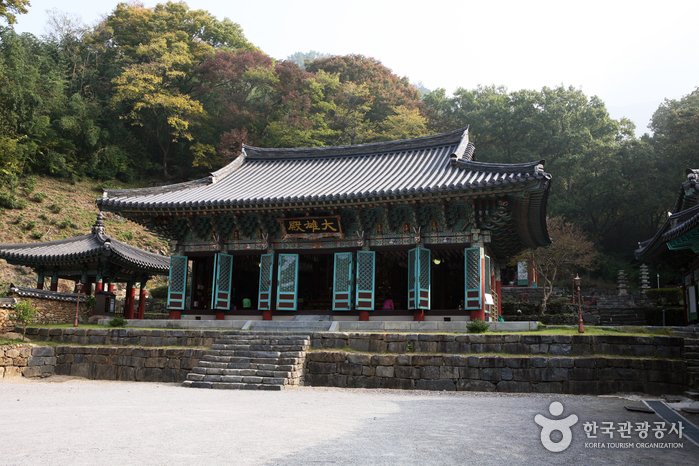
 English
English
 한국어
한국어 日本語
日本語 中文(简体)
中文(简体) Deutsch
Deutsch Français
Français Español
Español Русский
Русский